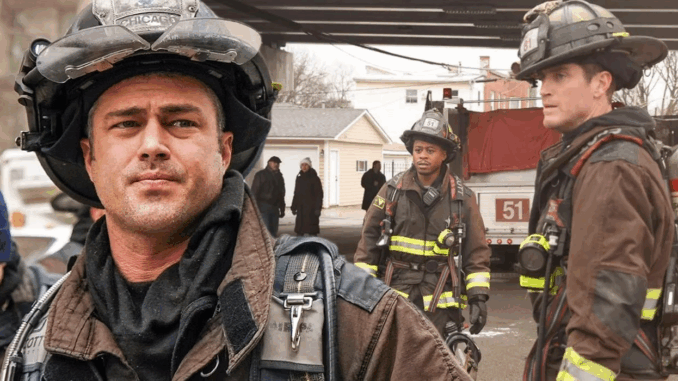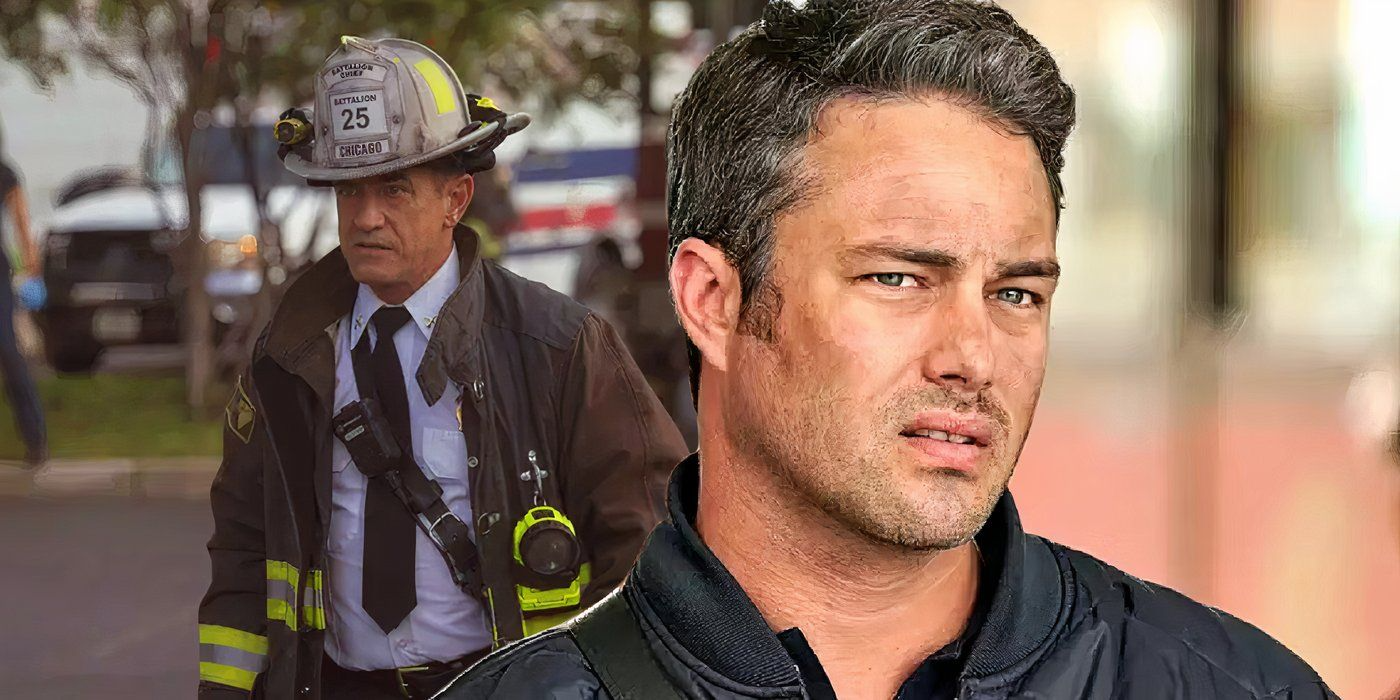
From Modest Beginnings to a Franchise Powerhouse
When Chicago Fire premiered on NBC in October 2012, it wasn’t an immediate ratings juggernaut. The series faced skepticism—another procedural? Another firefighter drama? But over the years, it grew into one of television’s most emotionally compelling and reliably thrilling shows, launching a broader franchise that includes Chicago P.D. and Chicago Med.
Now, with Season 14 on the horizon, Chicago Fire stands as a cornerstone of network television. As longtime fans prepare for cast changes and a tighter production model, it’s worth reflecting on what has made the show so enduring—and what its legacy might be moving forward.
What Set Chicago Fire Apart From the Start
Chicago Fire came from executive producer Dick Wolf, already known for creating Law & Order. But unlike the courtroom or crime procedural formats, Chicago Fire focused on a different kind of heroism—one grounded in community, teamwork, and physical risk.
Set in Firehouse 51, the series brought attention to the everyday challenges of firefighters and paramedics: daring rescues, split-second decisions, tragic losses, and moral dilemmas. But it wasn’t just the action that resonated—it was the relationships.
The chemistry among the original cast, including Jesse Spencer (Matthew Casey), Taylor Kinney (Kelly Severide), Monica Raymund (Gabriela Dawson), and Eamonn Walker (Chief Boden), helped form a compelling emotional backbone. These weren’t just coworkers—they were family.
A Show That Embraced Change and Challenge
Over its 13 seasons, Chicago Fire has never shied away from change. It’s seen many major cast exits—Monica Raymund left in Season 6, Jesse Spencer departed in Season 10, and more recently, Kara Killmer said goodbye in Season 12. And yet, each time, the show has found a way to reinvent itself without losing its heart.
Part of the reason it has weathered so many transitions is its deep bench of supporting characters. Actors like David Eigenberg (Herrmann), Christian Stolte (Mouch), and Miranda Rae Mayo (Stella Kidd) have not only stayed but grown, often stepping into larger roles as others have left. Newcomers like Violet Mikami (Hanako Greensmith) have also injected fresh energy.
This flexibility is rare in long-running shows, where cast changes often signal a decline. Instead, Chicago Fire has used them to evolve—and that adaptability will be critical heading into Season 14’s more budget-conscious era.
Building a Broader Universe

One of Chicago Fire’s biggest contributions to TV has been the creation of the One Chicago universe. The successful launch of Chicago P.D. in 2014 and Chicago Med in 2015 allowed NBC to create an interconnected world where crossovers felt natural and character arcs could stretch across shows.
Characters like Antonio Dawson, Jay Halstead, and April Sexton all started in one show before appearing regularly in another. Firehouse 51 has often been the emotional and narrative center of this universe, hosting events and crises that ripple across the city.
Even fans who primarily watch just one of the series often feel the richness of that larger world. And while budget restrictions may reduce future crossovers, the shared history remains one of the franchise’s greatest strengths.
The Importance of Community and Realism
A standout feature of Chicago Fire is its use of real Chicago locations and partnerships with the city’s fire department. Filming on-location brings a level of authenticity not seen in many network dramas. Whether it’s a snowstorm, a flooded basement, or a high-rise fire, the city of Chicago feels like a character in its own right.
The show has also tackled real issues: PTSD among first responders, racism and sexism in the fire service, bureaucratic interference, and the personal toll of the job. These themes resonate because they reflect the real-life challenges faced by those who serve.
And despite its sometimes-soapy plotlines, Chicago Fire rarely loses sight of the gravity and danger of the job. When characters are injured or lost—like Leslie Shay in Season 3 or Chief Hawkins in Season 11—the grief is earned and the consequences feel real.
A Legacy of Loyalty
Perhaps more than any twist or explosion, what defines Chicago Fire is loyalty—between characters, to the job, and from fans. The show has cultivated one of the most devoted audiences in primetime television. Viewers know the names of every shift member, remember their backstories, and rally when one of them is in danger.
It’s that emotional investment that has carried Chicago Fire through ups and downs in ratings, cast exits, and network changes. And it’s that same loyalty that will help the show navigate Season 14’s leaner production model.
Looking Forward
As NBC prepares to launch Season 14 this fall, Chicago Fire faces a transition. Some familiar faces are leaving. Budgets are tighter. Episode counts may shrink. But what remains is a show rooted in resilience.
Whether it’s a new recruit struggling to fit in, a longtime leader contemplating retirement, or a family dinner at Molly’s after a tough call, Chicago Fire has always been about human connection in the face of chaos.
That’s why, even after more than a decade, Firehouse 51 still feels like home.
